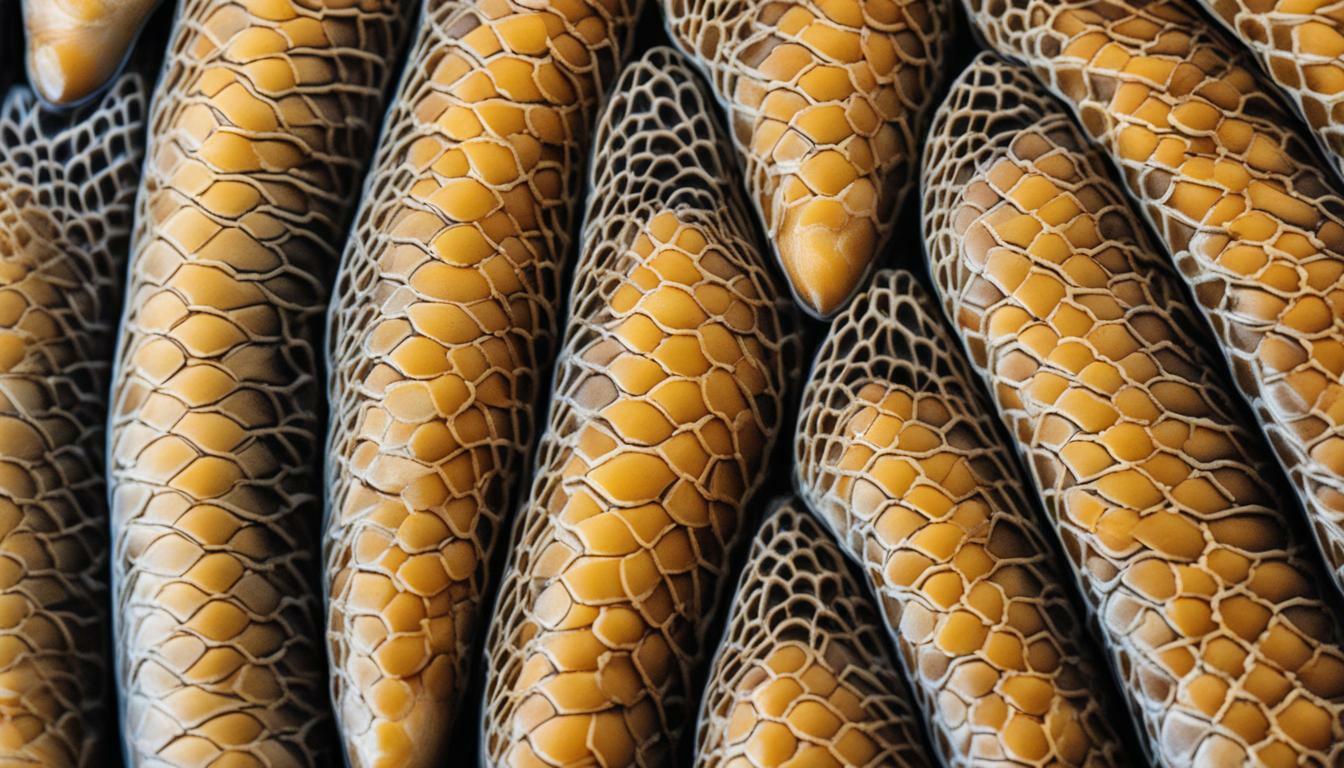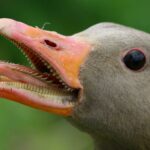Whether you’re an avid birdwatcher, a wildlife enthusiast, or simply have a passing curiosity, understanding avian anatomy is crucial for appreciating the unique adaptations and behaviors of different bird species. One question that often arises regarding ducks is whether they have nails.
Before we answer that question, let’s first take a closer look at duck anatomy and why it’s worth exploring in the first place. Like all birds, ducks have a unique set of physical features and adaptations that enable them to survive and thrive in their respective environments. From their feathers to their beaks to their feet, each aspect of a duck’s anatomy is finely tuned for its specific needs.
Key Takeaways:
- Understanding avian anatomy is crucial for appreciating the unique adaptations and behaviors of different bird species.
- Ducks have a unique set of physical features and adaptations that enable them to survive and thrive in their respective environments.
- Each aspect of a duck’s anatomy is finely tuned for its specific needs.
- The question of whether ducks have nails is a common one, and will be explored in the following sections.
The Fascinating Structure of Duck Feet
It is hard to miss the distinctive feet of a duck, with their webbed structure and unique appearance. These feet are a marvel of avian anatomy, perfectly adapted for a life spent both on land and in water.
The webbed structure of duck feet is arguably their most distinctive feature. The webbing is made up of skin that stretches between each toe, creating a large, flat surface that provides ducks with exceptional swimming ability. The webbing also helps them to move around on soft or muddy surfaces, providing them with greater stability and preventing them from sinking.
But the webbing is just one element of duck foot structure that makes them so fascinating. For instance, unlike many other birds, ducks have relatively long legs and are able to walk and run on land with relative ease. This is largely due to the unique arrangement of their toes, which are set relatively far back on the foot. This gives them a more stable base for walking and running, which is important for escaping predators and foraging for food.
Another interesting aspect of duck feet is the presence of small, pointed structures on the tips of their toes. These structures are known as claws or talons, and are used by ducks to grip onto surfaces. While they are not as well-developed as the talons of birds of prey, they are still an important part of a duck’s foot structure.
Overall, the structure of duck feet is a testament to the adaptability and resilience of birds. They are able to thrive in a variety of environments thanks to their unique foot anatomy, which allows them to swim, walk, and forage with equal ease.
Examining Ducks’ Claws and Talons
When it comes to understanding duck anatomy, it’s important to examine the structures on their feet. Along with their webbed toes, ducks also possess claws and talons that allow them to grip different surfaces as they navigate their environments.
While ducks don’t have traditional nails like humans do, their claws and talons serve a similar purpose. These keratinized structures are tough and durable, providing the perfect tools for ducks to move around on land and grip onto objects in the water.
Ducks have four claws on each foot, arranged in a pattern that helps them distribute their weight evenly as they walk. These claws are curved and sharp, allowing them to grip slippery surfaces and climb onto steep banks.
However, not all ducks have talons on their feet. Talons are curved, sharp claws that are typically found on birds of prey. Some species of ducks, such as the Muscovy duck, do have talons, which they use for defense and to catch prey.
All in all, the claws and talons on a duck’s feet are fascinating structures that contribute to their unique adaptations. By understanding the intricacies of avian anatomy, we can gain a greater appreciation for the diversity of bird species and their amazing abilities.
Do Ducks Have Nails?
If you’re wondering if ducks have nails, the answer is not quite straightforward. While ducks do not have nails in the traditional sense, they do possess keratinized structures called claws.
These claws are located on the tip of the duck’s toes and are an essential component of the bird’s foot structure. They are made of the same material as human nails and are incredibly strong and durable.
The claws on a duck’s feet are curved and pointed, allowing the bird to grip and maintain its balance on a range of different surfaces, including rocks, branches, and wet logs. The claws also play a crucial role in the bird’s ability to forage effectively, allowing it to dig into the mud and search for food.
While the presence of claws may not seem like a significant adaptation, it is a vital component of the overall foot structure of ducks. These structures are specifically designed for life in water, enabling the bird to swim, wade, and walk on a variety of surfaces.
So while ducks don’t technically have nails, the presence of these strong and durable claws is a necessary adaptation that allows them to thrive in their natural habitat.
Conclusion
Understanding the anatomy of birds, such as ducks, is crucial for appreciating their unique adaptations and survival strategies. In this article, we explored the fascinating structure of duck feet and the various adaptations that make them perfect for life in water, including their webbed nature and the function of the webbing in swimming and foraging. We also examined the presence of claws and talons in ducks and their role in grasping and walking on different surfaces.
One of the main questions asked was whether ducks have nails. While they don’t possess traditional nails, ducks do have tough, keratinized structures called claws that serve a similar purpose. These claws are an important part of a duck’s overall foot structure, contributing to their ability to forage, walk, and swim in their environment.
Overall, exploring the anatomy of ducks provides insight into the diversity of adaptations found in birds. By understanding avian anatomy, we can better appreciate the unique strategies that different bird species have developed for survival in their environments.
Do Birds Have the Ability to Comprehend Human Speech?
Birds’ understanding of communication is a fascinating topic. Research suggests that some birds, like parrots and ravens, have the ability to comprehend human speech to some extent. They can distinguish specific words and even learn to associate them with certain actions or objects. However, the extent of their comprehension and whether it extends to full understanding, like humans, remains debatable.
FAQ
Q: Do ducks have nails?
A: No, ducks do not have nails in the traditional sense. They have tough, keratinized structures called claws that serve a similar purpose.
Q: What is the purpose of duck claws?
A: Duck claws are important for walking on different surfaces and grasping objects.
Q: Are duck claws the same as talons?
A: No, talons are sharp, curved claws found in birds of prey, while duck claws are broader and less sharp.
Q: How do duck feet contribute to their swimming ability?
A: Duck feet are webbed, which helps them propel through the water by providing additional surface area for generating thrust.
Q: Can ducks walk on land with their webbed feet?
A: Yes, ducks can walk on land using their webbed feet, although they are more adapted for swimming.











